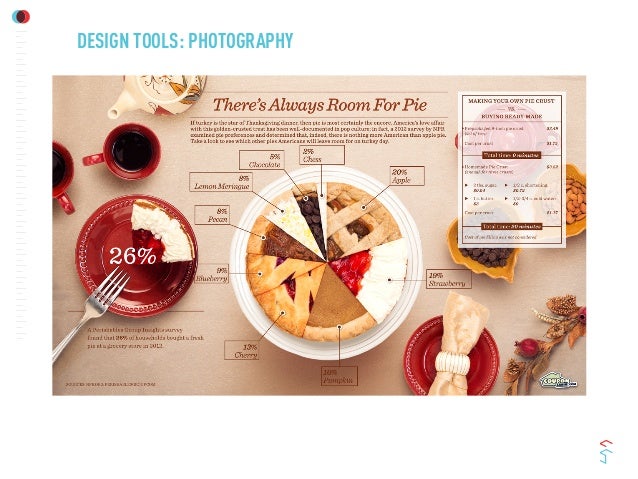What Every Professional Photographer Must Know About Illumination
What Every Professional Photographer Must Know About Illumination
Blog Article
Material Writer-Rogers Riddle
As a digital photographer, you know that lighting can make or break your images. Recognizing the subtleties of both natural and artificial light is vital for capturing the mood and quality you aim for in your work. Whether you're going after the excellent gold hour radiance or adjust your artificial setups, understanding these aspects can elevate your digital photography significantly. Yet there are common pitfalls that many ignore, and recognizing them can transform your strategy to every shoot. Let's discover what you might be missing and just how it can affect your results.
Comprehending Natural Light
Understanding all-natural light is critical for any type of digital photographer wanting to enhance their work. It's the foundation of terrific photography, affecting state of mind, tone, and clearness. When you shoot outdoors, take notice of the time of day. The gold hour-- quickly after sunrise and prior to sundown-- uses soft, warm light that can change regular scenes into magnificent images.
Do not ignore the power of cloudy days. Cloud cover diffuses sunlight, developing a soft, also light that's ideal for portraits and macro photography. You'll discover colors pop in this type of lights without harsh darkness.
Positioning matters, as well. Always consider your topic's alignment to the light source. If the sun's behind your subject, you might end up with a silhouette, which can be significant yet mightn't be what you want. Conversely, direct sunshine can create uncomplimentary shadows.
Explore angles; sometimes, transforming your viewpoint can yield fantastic outcomes. Usage natural reflectors, like water or sand, to bounce light onto your subject, including measurement.
Mastering Artificial Light
Grasping fabricated light is vital for photographers that intend to take their abilities to the following level. Whether you're using speedlights, workshop strobes, or continuous lights, understanding how to manipulate these sources can drastically enhance your images.
Beginning by acquainting on your own with the fundamentals of light top quality, direction, and color temperature. Explore different modifiers like softboxes, umbrellas, or grids to control the gentleness or harshness of the light.
You'll locate that soft light often develops flattering outcomes, while harsher light can add dramatization and deepness. Do not shy away from Headshot studio can improve the three-dimensionality of your topics.
Pay attention to the placement of your lights. A light positioned also near your subject can produce unflattering results, while too far can bring about an absence of information. Use a light meter or your video camera's histogram to guarantee you're revealing appropriately.
Lastly, keep in https://telegra.ph/Prepare-To-Uncover-The-Tricks-Of-Travel-Digital-Photography-Basics-That-Will-Transform-Your-Experiences-Into-Exciting-Aesthetic--01-09 that synthetic light can be blended with ambient light for innovative impacts. Stabilizing these resources could take method, once you grasp it, your digital photography will really shine.
Techniques for Different Circumstances
When you enter different shooting circumstances, adapting your lighting techniques is crucial for catching the best images. For outdoor pictures, utilize the golden hour-- morning or late afternoon light-- to soften shadows and improve complexion.
If it's an extreme midday sunlight, think about utilizing a reflector to jump light back onto your subject or look for shaded locations for an extra even exposure.
In low-light circumstances, like interior events, increase your ISO and use a wide aperture to let in more light. A tripod can help get rid of video camera shake, allowing for longer direct exposures without obscuring.
If you're shooting at night, explore off-camera flash to produce vibrant illumination and deepness in your photos.
For https://myfox8.com/news/families-upset-over-problems-with-eden-photography-business/ , use diffused lighting to stay clear of extreme reflections. Softboxes or light camping tents can assist attain this impact.
When photographing landscapes, take into consideration the direction of light and time of day, as it can drastically change the mood of your shot.
Always prepare to readjust your settings and placing based upon the situation, as versatility is key to mastering illumination in photography.
Final thought
In conclusion, grasping lighting is key to boosting your photography abilities. Accept all-natural light's elegance during golden hour, and don't avoid explore man-made light strategies. By adapting your method to various circumstances, you'll capture magnificent pictures that resonate with feeling and quality. Keep in mind, the ideal lights can change a common shot into something amazing, so maintain practicing and refining your understanding of both natural and fabricated light. https://telegra.ph/Open-The-Secrets-To-Finding-The-Ideal-Electronic-Camera-For-Your-Demands-However-Which-Kind-Will-Genuinely-Capture-Your-Vision-01-09 !
